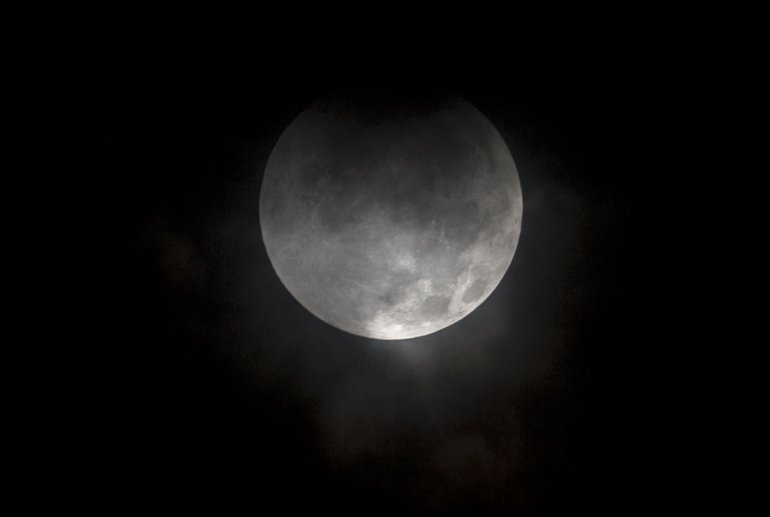NEW ORLEANS (WGNO) – This Friday night, the nighttime sky will feature three different events to turn your eye to: a full moon, a lunar eclipse, and a comet!
The Snow Moon, as the February full moon came to be known among Native Americans who used the moons to keep track of the seasons, falls on Friday evening, as well as a penumbral lunar eclipse.
Granted, any lunar eclipse can only occur when the moon is full. While not as noticeable as a total lunar eclipse, the penumbral eclipse still occurs when the moon crosses through the Earth’s shadow, just not the darkest part. Thus the moon won’t turn the blood red that one would expect with a total lunar eclipse. Instead, the moon will go from a vibrant white to a dull gray and back to white again.

The moon rises at 5:41 p.m., at which point the eclipse will already have started. Don’t worry though, the peak isn’t until 6:43 p.m., so you’ll still have about an hour after the moon rises to see it. At that point, the moon will start to brighten again until the eclipse ends at 8:55 p.m.
Meanwhile, Comet 45P (Honda-Mrkos-Pajdušáková) will make its closest approach to Earth later in the evening around 2 a.m. Central time.
Unfortunately, the comet will be difficult to almost impossible to spot with the naked eye because of the full moon. You’ll need a pair of binoculars or a telescope if you want to catch a glimpse. If you’re able to see it, the comet will appear as a faint green, blurry dot in the sky near the constellation Hercules.



